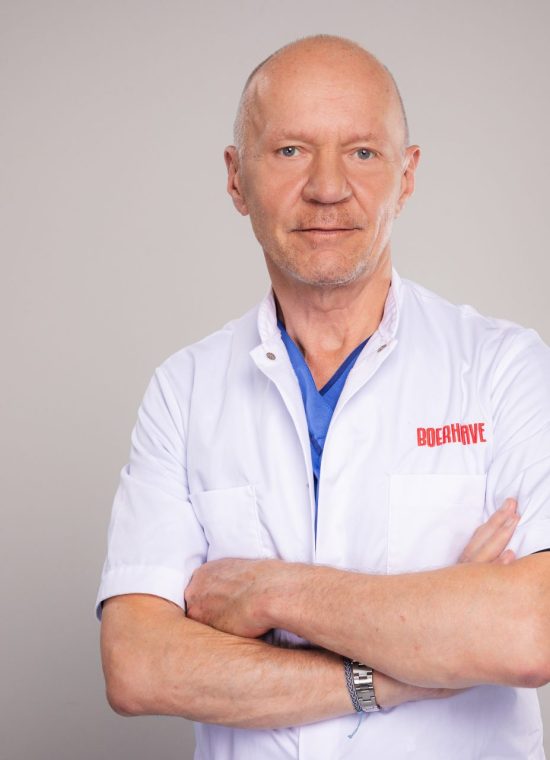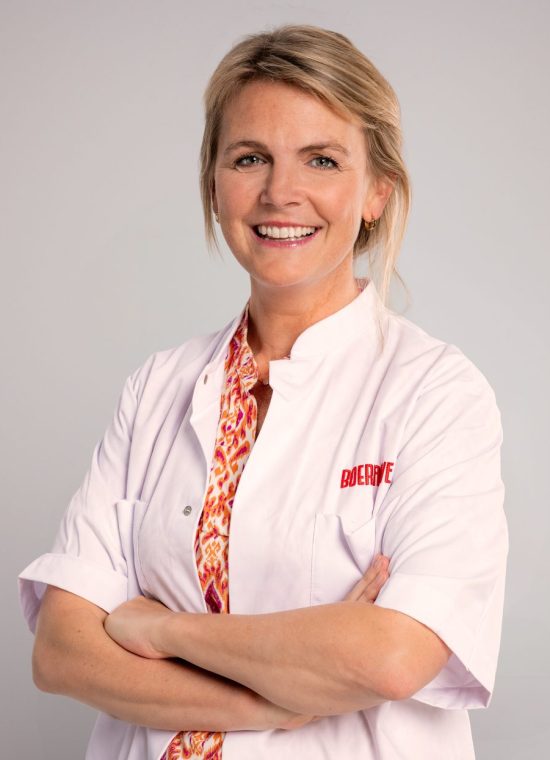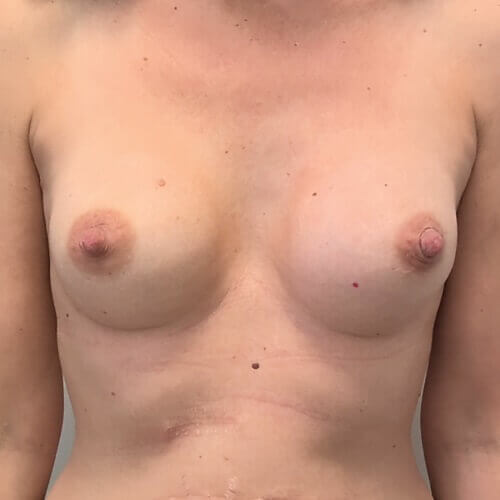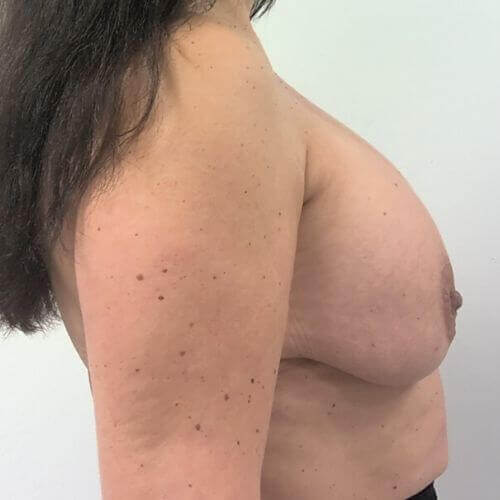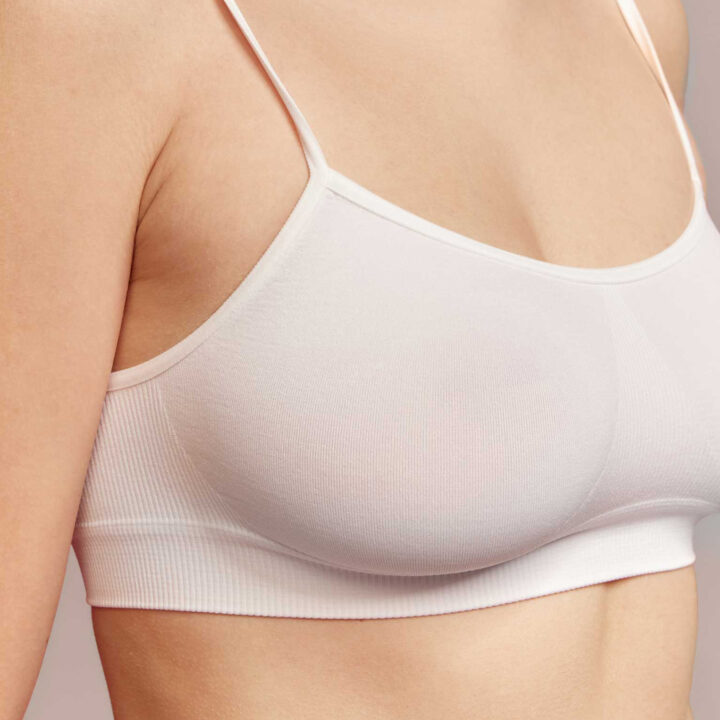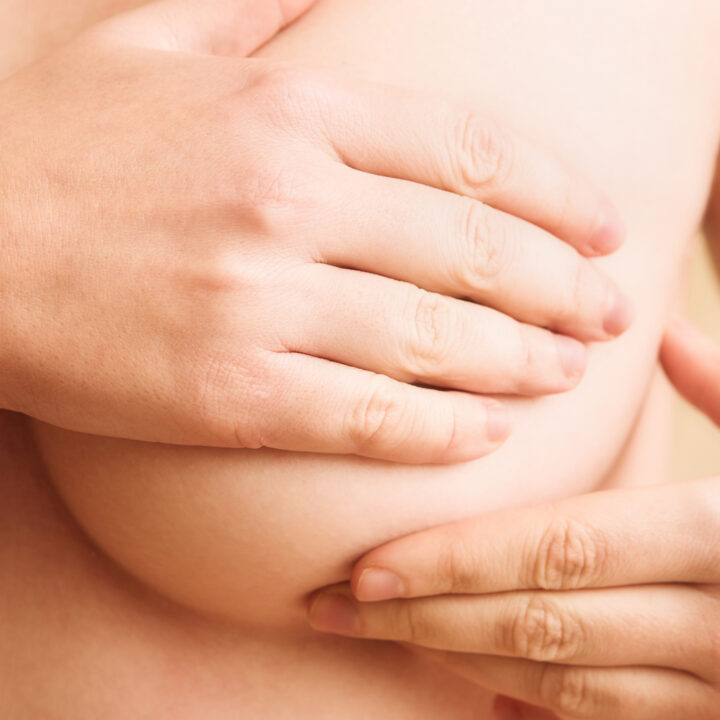Capsular contracture and replacement of breast implants
Capsular contracture: Over the years, many different breast prostheses have been used. These prostheses, especially the implants used 10 or more years ago, are in principle not intended for lifelong implantation.
An implant is a foreign object in the body, so your body responds by covering it in a thin layer of connective tissue for protection. This natural phenomenon is called a capsule. Only a small percentage of women are prone to excessive capsular formation or contracture. This can be painful and cause your breast shape to deform. Removal of capsular formation on both sides.
What does the capsular contracture and replacement of breast implants cost
01 More information
If you have had a breast-augmenting operation in the past using implants, it is advisable to have your breasts checked by a plastic surgeon once every ten years.
You may wish to have a breast implant replaced as a result of capsular contraction or if you find your breasts have begun not to look so good over the course of time.
Capsular contracture means that the capsule that has formed around the implant is starting to contract. As a result, your breasts may start feeling harder. This can be painful and cause your breast shape to deform. If you have problems with capsular contracture, it makes sense to have an operation to remedy it. The capsule is cut and completely removed – this is called a capsulectomy.
You may find your breasts start to look less appealing over the course of time. Your breasts may change shape or lose volume as a result of aging, pregnancy or fluctuations in weight.
02 Consultation
Plastic surgeon
The consultation is always held with the plastic surgeon who will be carrying out your procedure.
You will first have a personal advisory session with the plastic surgeon to discuss medical aspects and what you are wanting to achieve from your breast implant replacement. The plastic surgeon will take photos and examine your breasts. Important aspects to be taken into consideration are the elasticity of your skin, the quality and volume of mammary gland tissue and any irregularities in the mammary gland. Detailed information on these factors will help to make the right decision. Your breasts will then be measured. Based on this information, the plastic surgeon can suggest the type of procedure that would best suit your wishes.
In front of a mirror, you will have the opportunity to show the plastic surgeon what you are wanting to achieve from your breast implant replacement. If you have opted for a larger implant, you will “try on” the chosen size, to make sure you reach a well-informed decision.
The plastic surgeon will then show you before and after photos of breast correction procedures they have previously performed. They will also discuss the pros and cons of the breast implant replacement, possible complications and any risks with you. The consultation will take about 45 minutes altogether.
Consultants
Following on from your first consultation with your plastic surgeon, you will have an appointment with your consultant. The aim of this appointment is to tell you about the general aspects to be arranged with respect to your breast implant replacement.
Fitting appointment
You will have a lot of information to digest after the first consultation. If you subsequently have doubts about the decisions made, you can always make another separate appointment to talk things through again in detail with your plastic surgeon. If you have opted for a larger implant, you can try it on again. You will then be in a position to make a well-informed decision about the shape and cup size to give you the results you are looking for.
03 Procedure
You are expected to arrive at the Boerhaave clinic half an hour before your procedure.
Before the procedure, the plastic surgeon carefully marks out on your breasts what they are going to do in accordance with the treatment plan. The general anaesthetic is then administered.
The operation is performed following the jointly agreed treatment plan.
If possible, the implant replacement is performed via the old scar. This scar is often 4 to 5 cm long and can be extended if necessary. If the original incisions were made in your armpit or around your nipple, a new incision will be made in your natural breast cease.
Capsule removal or scoring
The most common procedure for capsule formation is a complete removal of the capsule around the breast implant, in other words a capsulectomy. This is the most likely procedure to prevent capsule contracture from re-forming in the future. However, with a capsulotomy, or procedure in which the capsule is scored, there is a far greater chance of the problem re-occurring.
Once the plastic surgeon has removed the capsule, the new implant is inserted.
The pocket is then closed once the breast implant has been positioned, and the skin is then stitched using absorbable stitches. Finally, the wound is taped with steri-strips. A transparent watertight plaster is then placed over the wound.
If you want your implants to be removed without replacing them, a more invasive procedure is often needed. Your skin may be stretched and you will often be left with greater breast droop once the implants have been removed. The plastic surgeon can achieve an aesthetically pleasing result by performing a reconstruction procedure.
After the operation, you obviously have to be careful. For a period of 6 weeks, you are to refrain from any strenuous physical exercise, lifting heavy weights or doing any heavy work. In the beginning, your breasts will feel quite hard. But this will go away after a couple of months.
You will go back to see the plastic surgeon or nurse a week after the breast augmentation for a check-up and to have the bandage and stitches removed.
All in all, the procedure lasts 1 to 1½ hours.
04 After care and recovery
You will usually stay at the clinic for a further 3 to 4 hours after your procedure. You will only be free to go home once the nursing staff and anaesthetist give their approval for you to leave. After the procedure, you may eat and drink easily digestible food, such as water, tea and rusks.
Sports bra
After the operation, you will be given an appropriately sized sports bra to wear. You may first be given a support bandage, which will then be replaced with a sports bra when you come for your first check-up appointment. This sports bra is provided by the clinic free of charge. It is important that you wear the sports bra for the next 6 weeks, day and night.
Your breasts will be painful in the days following your capsulectomy and breast implant replacement. You may also feel slight pressure around the treated area. The skin around the treated area will be taut and stretched. This is because the skin has to adjust to the new size of the breast. You may also feel muscle pain.
As with every surgical procedure, the body takes time to recover. The treated area will initially be bruised, sore and swollen. The scars may also be reddish in colour and raised immediately after the procedure. You shouldn’t worry about this, as it is your body’s natural reaction.
The breast tissue and skin around the breasts have to adjust to the new shape of the breast. But this adjustment takes time.
Scar cream
At your first check-up, you will be given a scar care cream to take home with you. Once the wound has closed and the scabs have disappeared, you can start applying the scar cream. If you apply this cream to the closed wound twice a day, you increase the chance of the wound healing nicely.
05 Results
The final results will not be visible until after a couple of months. Initially, you will feel some discomfort, but after a couple of months you will be able to enjoy your breasts, with their new shape and possibly fuller volume.
The results of a capsulectomy and implant replacement are generally permanent. As long as your breasts keep feeling supple and have a nice appearance, there is no reason to replace the implants. After 10 years, you may come back to the clinic for a check-up.
Scars
After the procedure, the bottom scar will follow the breast crease under the breast. This scar may initially be red and swollen, but this will start to fade after a couple of weeks. It is useful to know that a scar takes 1 to 1½ years to completely calm down.
Take care to keep the scars out of the sun, and treat them carefully. The clinic will give you a special scar care cream to take home with you. After the first year, always use factor 30 or higher when you are in the sun, to protect your skin.
06 Risks and complications
It is important you are aware that every surgical intervention can entail risks and complications. Plastic surgery procedures are in principle carried out on healthy people, so the risks and chances of complications are low. We make sure any risks are reduced to an absolute minimum, by providing plenty of information, taking a thorough medical history (noting your case history, including medication, any problems experienced in previous operations, allergies, etc.) and applying our professional procedures.
The chances of any complications arising are luckily rare. You can help reduce certain risks by carefully reading through the instructions you are given prior to your capsulectomy.
Possible complications of a capsulectomy may be:
- Haematoma (blood clot under the skin which has to be removed)
- Adverse reaction to the sedation
- Haemorrhaging
- Infection
- Capsular contracture
- Ruptured implant
- Change in sensitivity
- Permanent scars
- Damage to underlying structures
- Unsatisfactory aesthetic result.
Capsular formation
However, capsular formation may re-occur after these surgical procedures. Excessive hardening of the breasts may occur soon after an operation, or not until years later. It is not possible to predict whether this tightening will occur, but the risk of it occurring increases with time (after 10 years, there is a 10 to 12 percent risk). Capsular contracture may happen on one side or both sides. It is more common with implants positioned above the pectoral muscle.
Smoking
Patients who smoke or use tobacco or nicotine products (such as nicotine patches and chewing gum) at the time of their surgery have a greater risk of complications, such as skin loss and impaired wound healing. People who are exposed to passive smoking may also have an increased risk of complications such as these. What’s more, smoking may have a negative effect on the anaesthesia, which may in turn lead to an increased risk of bleeding. People who are not exposed to tobacco smoke or nicotine-containing products have a significantly lower risk of such complications. It is important not to smoke for at least 2 weeks prior to the operation and to keep this up for the entire recovery process.
More information
Plan your appointment now in our agenda or let us call you back.
